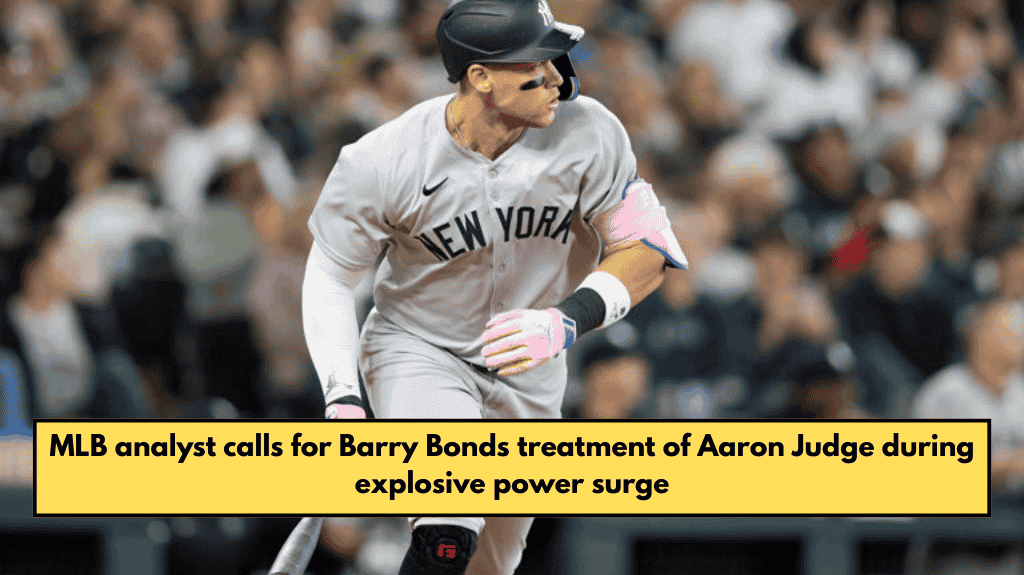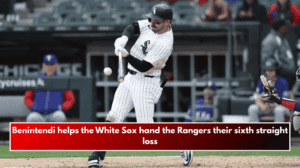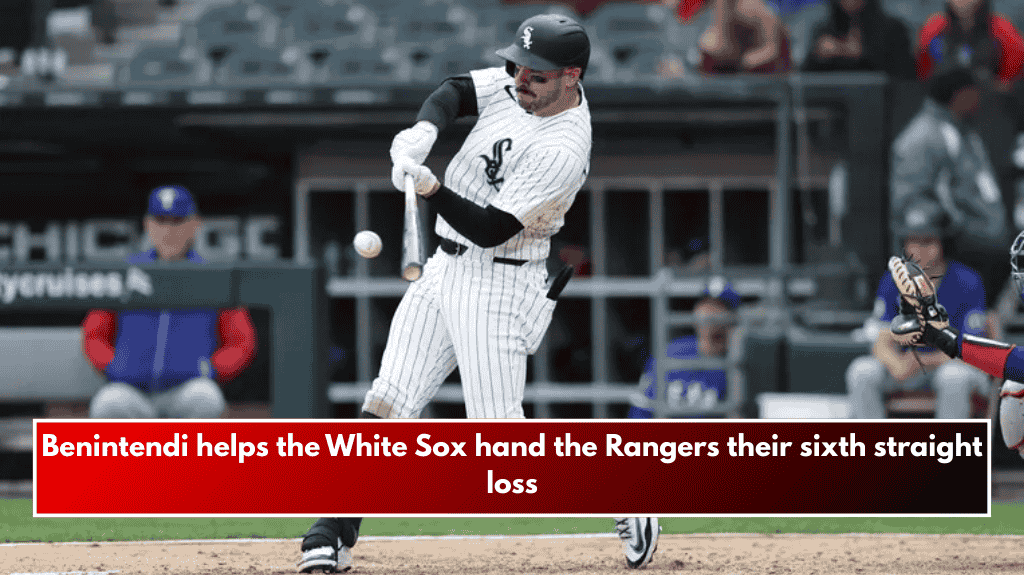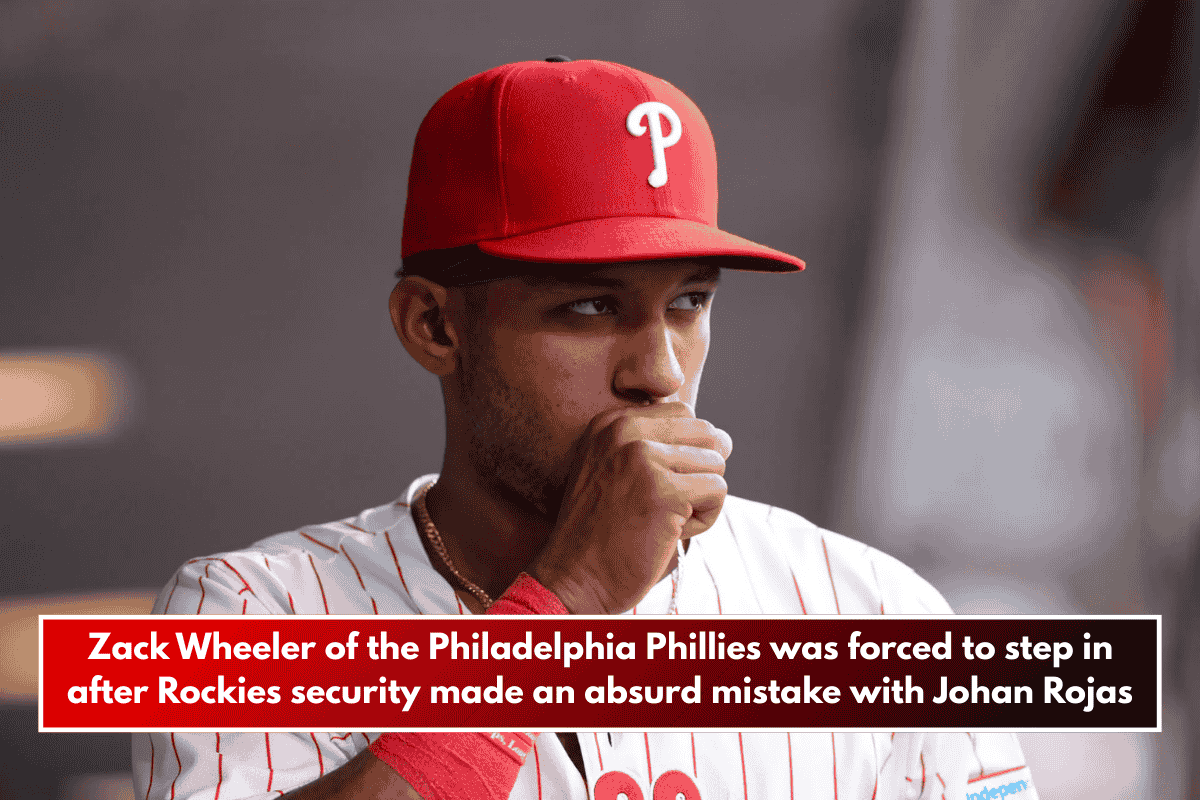Many Major League Baseball fans and statisticians have recently questioned whether teams should intentionally walk Aaron Judge more often.
Admit it, you’ve considered it. Judge, the New York Yankees’ star slugger, is currently one of the biggest stories in Major League Baseball. He is currently having one of the best offensive stretches in the history of the game.
Baseball analysts have always mentioned the Linden, California native, but after a recent stretch of 15 home runs, 41 RBIs, and a.412 batting average, his name is getting more attention than usual.
In fact, Mark DeRosa, a former league star and current MLB Network studio analyst, recently suggested that the other 29 teams consider walking Judge when the bases are empty in close games.
The Stats Behind Mark DeRosa’s Insight
“You need to treat him like Barry Bonds. “He’s outperforming the game right now,” DeRosa said.
During the late 1990s and early 2000s, DeRosa was well-known for his utility player abilities. He batted while playing six different positions.268 with 100 home runs and 494 RBIs in his career.
With this in mind, DeRosa’s claim has some credibility coming from a player who knows a lot about hitting. Since the Bonds era, every hot streak in baseball has prompted questions about the “Bonds treatment.” This is not to say Judge’s performance merits the 120 intentional walks Bonds received in 2004, but it does raise the question of how opposing managers will handle Judge in a playoff game.
Judge has yet to be intentionally walked in the early innings with a runner on first this season, because it is obvious when a walk is dangerous. According to FanGraphs data, even with Aaron Judge batting, there is no early-game scenario in which intentionally walking him makes sense, assuming neutral batters will follow.
Walking Judge in the late innings isn’t the best idea either, but their data supports the fact that a team can basically walk Judge whenever they want — unless both first and second are occupied, and sometimes even then.
One key difference between Judge and Bonds is that this is not the 2000s. Managers in the early 2000s went way too far by walking Bonds on numerous occasions. Most at-bats did not occur in close games or late-game scenarios, when it may have been worth giving up a runner to avoid the risk of a run or two.
But when Judge is given the opportunity to hit with the game on the line, he has demonstrated that he can — and will — seize the moment.















